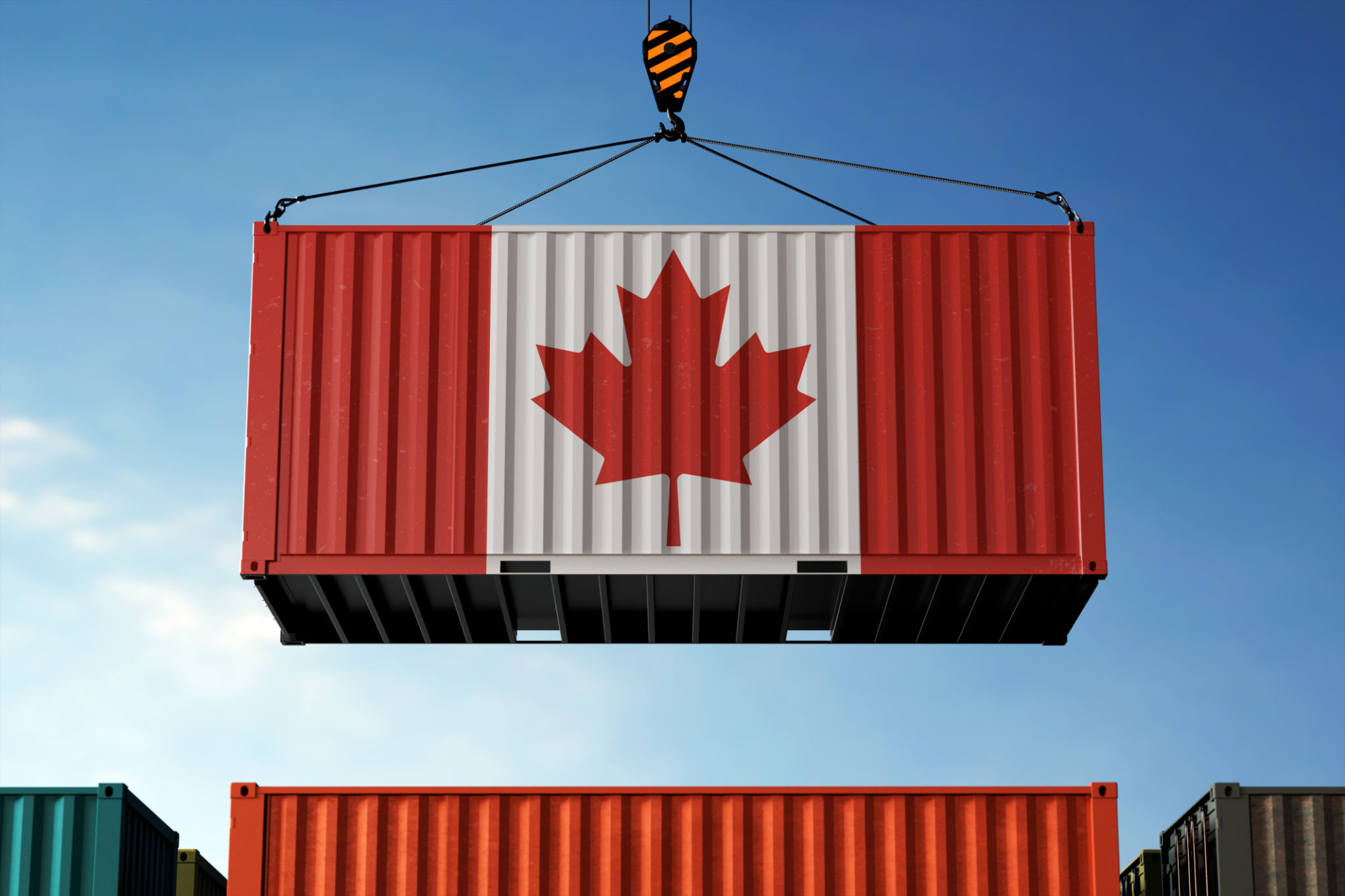The Ultimate Guide to Freight Transportation Solutions
Understanding Freight Transportation
Freight transportation is a cornerstone of global commerce, enabling the movement of goods from manufacturers to consumers. Whether you're shipping raw materials or finished products, selecting the right freight transportation solution is crucial for maintaining efficiency and cost-effectiveness. Understanding the various options available can help businesses streamline their logistics processes.
Freight transportation encompasses several modes, each with its own advantages and challenges. Common modes include road, rail, sea, and air transport. Choosing the right mode depends on factors like distance, speed, and budget.

Types of Freight Transportation
Road Freight
Road freight is one of the most flexible and widely used methods for transporting goods. It is ideal for short to medium distances and offers door-to-door service. Trucks can easily navigate urban and rural areas, making road transport a convenient option for many businesses.
Rail Freight
Rail freight is a cost-effective solution for transporting large volumes of goods over long distances. It is particularly suitable for bulk commodities such as coal, metals, and agricultural products. While rail transport is generally slower than road transport, it offers significant savings in fuel costs and emissions.

Sea Freight
Sea freight is the go-to choice for international shipping and transporting heavy or bulky items. It is the most cost-effective mode for long-distance transport, especially for non-perishable goods. While sea transport is slower than air freight, advancements in technology have improved its reliability and tracking capabilities.
Air Freight
Air freight is the fastest mode of transportation and is ideal for time-sensitive shipments. While more expensive than other methods, it provides unparalleled speed and efficiency. Air transport is usually used for high-value, perishable or urgent goods that require quick delivery across long distances.

Factors to Consider When Choosing a Freight Solution
When selecting a freight transportation solution, businesses must consider several critical factors to ensure they choose the best option for their needs:
- Cost: Different modes of transport come with varying costs. Assessing your budget will help narrow down suitable options.
- Speed: If time is of the essence, air freight might be the best choice, while sea freight is better suited for less urgent deliveries.
- Distance: For short distances, road transport may be ideal, whereas rail or sea might be better for longer hauls.
- Volume and Weight: Larger shipments may benefit from cost advantages in sea or rail transport.
The Future of Freight Transportation
The freight transportation industry is continually evolving with technological advancements. Innovations such as autonomous vehicles, drone deliveries, and blockchain technology are set to revolutionize logistics. These advancements promise to enhance efficiency, reduce costs, and improve safety within the industry.
Sustainability is also becoming a major focus, with companies increasingly seeking eco-friendly solutions. Green logistics practices, including the use of alternative fuels and improved route optimization, are gaining traction as businesses strive to reduce their carbon footprint.

In conclusion, understanding the various freight transportation solutions available and evaluating your specific needs are essential steps in optimizing your logistics operations. By staying informed about industry trends and leveraging technological advancements, businesses can ensure they remain competitive in an ever-changing market.
